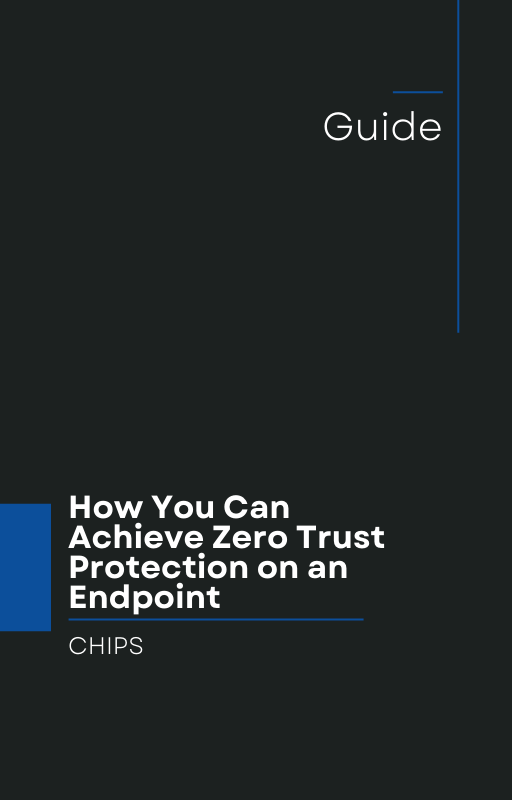A recent investigation by GreyNoise and reported by Cyber Security News reveals a chilling trend: attackers orchestrating a large‐scale botnet campaign to compromise Remote Desktop Protocol (RDP) services across the globe. The campaign spanned more than 100 countries and over 100,000 unique IP addresses. Cyber Security News
Here is what you need to know—and why it means business owners must radically rethink endpoint security.
The Threat: RDP Under Siege
According to the report, the botnet campaign targeted RDP services primarily in the United States. The operation originates from more than 100 countries (including Brazil, Argentina, Iran, China, Mexico, Russia, South Africa) and uses at least two specific attack vectors:
-
An RD Web Access timing attack in which attackers measure server response to login attempts to distinguish valid from invalid usernames.
-
An RDP web‐client login enumeration, guessing credentials via automated attempts while avoiding immediate standard security alert triggers.
The scale is alarming. A coordinated botnet with more than 100,000 IPs and consistent TCP fingerprinting strongly suggests central command and control.
For any business relying on RDP—remote work, administration, vendor access—this kind of exposure is a serious risk. The tell‐tale signs: failed login attempts, spikes in anomalous RDP traffic, and brute-force enumeration. GreyNoise offers a dynamic blocklist ("microsoft-rdp-botnet-oct-25") to automatically block the identified malicious IPs.
Why existing security postures may be failing
Traditional security models emphasize “detect & respond” — i.e., monitoring logs, alerting security operations teams, investigating incidents, then remediating. But this model is increasingly challenged for several reasons:
-
Attackers operate at scale, across many IPs, making detection noisy and delayed.
-
Fileless, living-off-the-land attacks bypass many signature‐based detections.
-
By the time a “detection” fires, the attacker may already have gained persistence, moved laterally, or exfiltrated data.
In essence, the RDP campaign above highlights how adversaries are scanning, scanning, enumerating—and potentially gaining footholds—before detection even kicks in.
The Shift You Must Make: Isolation & Containment
Instead of simply adding more detection layers (EDR/AV/NGAV), the smarter, more future-proof posture is to adopt isolation and containment at the endpoint. When you detect early, you’re already too late. But when you isolate suspicious behavior and contain malicious processes at the outset, you prevent the attacker from moving, pivoting or doing harm.
What isolation & containment offers:
-
Zero-day resilience: You don’t need to detect the malware signature; you prevent unauthorized actions regardless.
-
Reduced blast radius: Even if an attacker gets in, they’re boxed into a small containment area rather than having unrestricted access.
-
Faster recovery: The harm is mitigated early, investigations can proceed without major service disruption.
-
Less alert fatigue: Fewer alerts to triage; fewer manual responses; less reliance on large SecOps teams.
One recent article summarises this paradigm: “When you talk about isolation and containment in endpoint protection, one name stands out: AppGuard. With a 10-year track record in government, defence and high-security environments, AppGuard has consistently demonstrated its ability to block sophisticated attacks by enforcing fine-grained, policy-based isolation.”
Why AppGuard Deserves Your Attention
Here’s what sets AppGuard apart—and why business owners should seriously consider it:
-
Proven history: AppGuard has been protecting high-security environments (government, defence) for more than a decade and is now available for commercial use.
-
Preventive, not purely detective: Instead of waiting for threats to be flagged by signatures or behavior patterns, AppGuard uses policy-based controls at the kernel level to block malicious actions before they escalate.
-
Lightweight and manageable: Its agents are lightweight, require minimal policy maintenance, and reduce the load on IT/SecOps teams. For instance, one case study described how AppGuard blocked an attack while other layers (NGAV, sandbox, EDR) detected nothing—and no alerts were generated for that incident.
-
Isolation built in: Malicious processes—even if legitimate apps are compromised—are restrained in their permissible actions. Code injection, unauthorized DLL loads, registry tampering, lateral moves—all can be prevented.
-
Complementary to current tools: AppGuard doesn’t require you to rip out your AV or EDR ecosystem. It enhances them. For example, one solution brief explained how AppGuard optimizes Microsoft Defender by adding pre-compromise prevention controls.
In short, for businesses reliant on remote access, RDP services, or any exposed endpoint infrastructure, the case is clear: rely less on “detect and respond” and more on “isolate and contain.”
What You Should Do Next
-
Audit your RDP exposure — Do you allow RDP externally? Are there failed login spikes? Are multi‐factor authentication (MFA) and strong password policies enforced? The GreyNoise report recommends checking logs for unusual RDP probing and failed attempts.
-
Reassess your endpoint protection strategy — If your security architecture relies heavily on detection, alerting and response, you are betting on catching the adversary after they’ve begun to act.
-
Consider deploying AppGuard — Especially if you have remote endpoints, a hybrid workforce, administrative RDP access or vendor access into your network. It brings immediate containment, reduces dwell time and lowers the risk surface.
-
Engage your leadership — Cyber incidents are business risk, not just IT risk. The shift to isolation and containment should be sponsored at the executive level.
-
Talk with us at CHIPS — Let us help you map how AppGuard fits into your environment, deploy it at scale, and move your posture from “detect & respond” to “isolate & contain”.
Call to Action for Business Owners
If you’re a business owner or IT leader, the risk cannot wait. The recent RDP botnet campaign is proof that adversaries are scanning, compromising and proliferating faster than many detection‐centric defences can respond. It’s time to move beyond reactive security.
Talk with us at CHIPS about how AppGuard can prevent this type of incident in your organization. Let’s discuss how to shift from detection and response to real isolation and containment—and protect your endpoints before the next breach finds you.
Contact CHIPS today.
Like this article? Please share it with others!

October 22, 2025

Comments